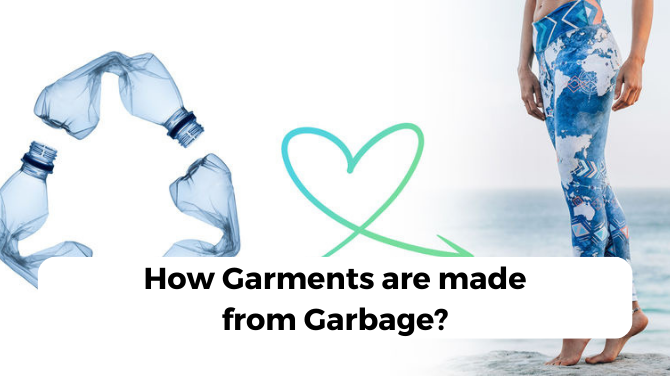Every apparel business wants to maximize its profits. In order to do so, each and every step needs to be calculated, especially thread consumption for garments. Apparel merchandising is a competitive industry; without proper planning and calculation, competitors may get ahead of you. The manufacturers and outside markets primarily control pricing. The things that can be controlled by the producer can have a significant impact on cost and profitability. A major chunk of that cost comes from the cost of trimming. So if a company can effectively manage the cost of trimming, then they have a huge competitive advantage over their peers. In this article, let’s understand the method behind calculating thread consumption for apparel.
Advantages of calculating thread consumption for garments
Threads are an integral part of creating apparel. Having control over threads clearly helps in maintaining an optimal level of costs and other expenses. Below are the advantages of calculating thread consumption for garments:
- Visibility over thread buying expenditure to order threads in right quantity.
- Improve storage and maintenance costs.
- Reduce wastage of threads while manufacturing.
What affects the calculation?
- Thickness of fabric
- Thread tension during the stitching process
- Stitches per cm (SPC) or inch (SPI)
- Type of stitch
- Thread thickness
- Apparel pattern
- Quantity of apparels for production
How to calculate thread consumption for garments?
Let’s take a look at how we can calculate the thread consumption:
By using the thread planned for manufacturing, a particular length of the seam is sawn. Likewise, all the seams are sawn in a similar fashion. Then, the total length of the thread required is calculated by adding everything.
Example for calculation:
Suppose you are planning to measure thread calculation for men’s T-shirts. We need to measure the following seams for the same. Collar, back neck, label, shoulder, sleeve tuck, sleeve hem, side seam, bottom hem, neck joint, and shoulder joint.
Just like we discusses above, thread consumption for each seam is calculated and it is then added all together to get the final consumption. Remember the factors that affect the consumption rate we discussed earlier.
Thread manufacturing company A&E (American & Efird) has simplified the thread calculation for several products. You can download the excel template easily from their website. Download here.
If you found this information helpful, share this with your circle. We have several other articles that can help you understand the textile industry better. Reach out to us if you are looking for a reliable woven fabric manufacturer for your apparel brand. We manufacture all type of natural and sustainable synthetic fabrics. For more details, contact us.













